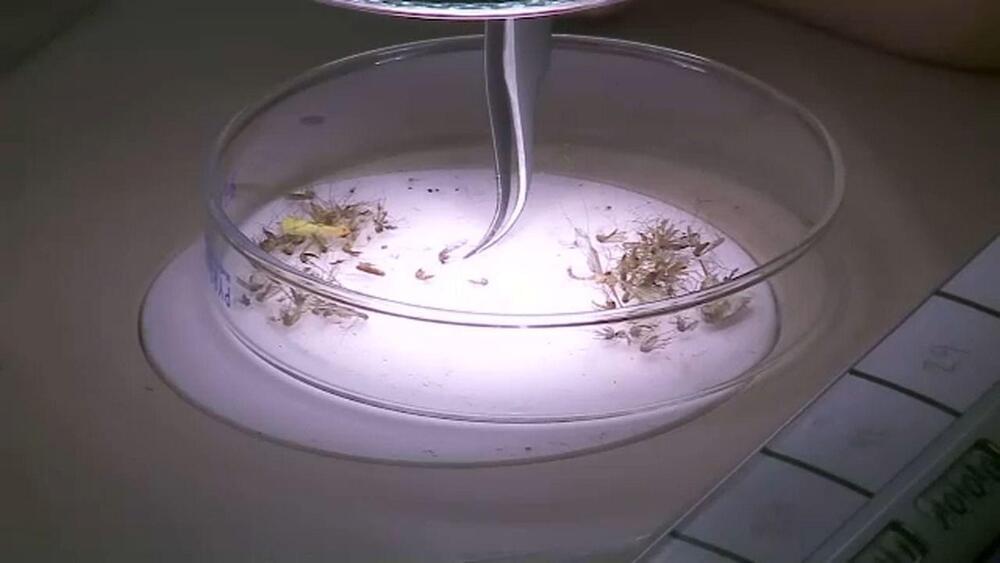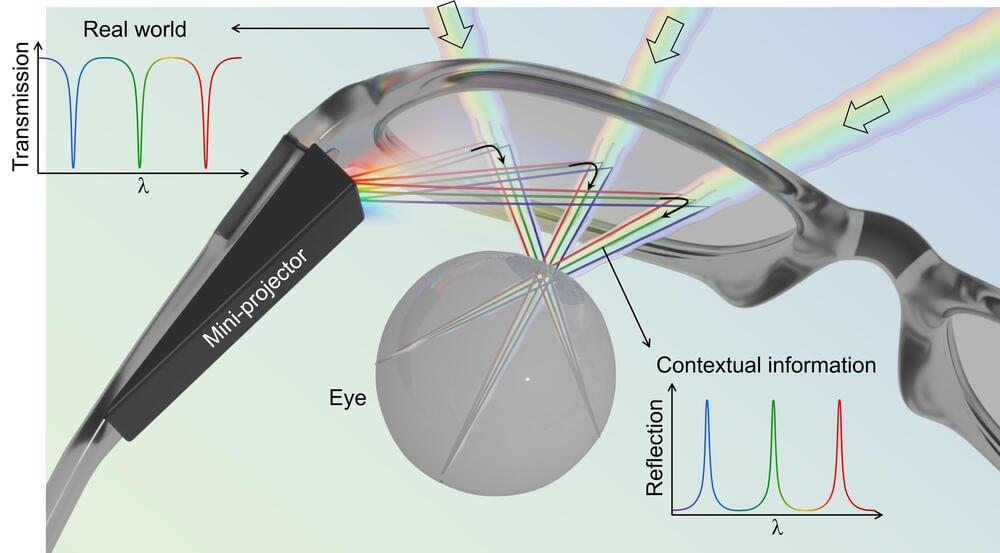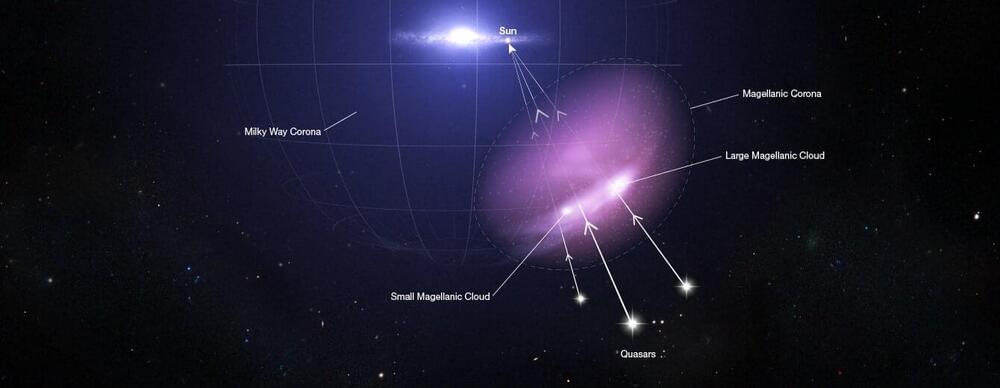SmartNews is the most efficient way to get all your news now.



Research and blogs talk a lot about the health benefits of green tea. It’s rich in antioxidants and flavonoids, which have positive influences on our physical and mental well-being. Some studies show that green tea can boost metabolism, reduce inflammation and improve cognitive function.
But what’s less talked about are the side effects of green tea. They may be uncommon, but that doesn’t mean they don’t deserve discussion! This is of particular importance to those who have caffeine sensitivity or who may be taking certain medications which interact with caffeine and other bioactive components in green tea.
So before you brew yourself a cup, read on about the potential side effects of drinking green tea so you’re fully educated about what you’re consuming.

“From day one, we’ve taken an aggressive public health approach to combat the spread of polio and ensure New Yorkers are protected,” Hochul said. “This declaration will bolster our ongoing efforts to protect New Yorkers against paralytic disease, prevent spread, and support our public health partners.”
Public health officials at the county level will have expanded ability to receive funding and resources for immunization clinics and conduct outreach for unvaccinated and under-vaccinated New York residents. Local health officials will be able to claim a reimbursement for these efforts, back dated to July 21 and running through Dec. 31.
“Working daily with local county health departments, our partners at CDC, and trusted leaders, the Department is working effectively to increase childhood and community vaccination rates in counties where the virus has been detected,” Bassett said. “Thanks to long-established school immunization requirements, the vast majority of adults, and most children, are fully vaccinated against polio. Our focus remains on ensuring the on-time administration of polio vaccination among young children and catching kids and adults up who are unimmunized and under-immunized in the affected areas. That work continues at full force.”



Were you unable to attend Transform 2022? Check out all of the summit sessions in our on-demand library now! Watch here.
We are on the cusp of a paradigm shift brought by generative AI — but it isn’t about making creativity “quick and easy.” Generative technology opens new heights of human expression and helps creators find their authentic voices.
How we create is changing. The blog you read earlier today may have been made with generative AI. Within 10 years, most creative content will be produced with generative technologies.

As anyone who has recently tried out an augmented reality headset knows, the technology is not yet ready to be part of our everyday lives. Researchers have been working to perfect high-performing augmented reality (AR) glasses, but there are a number of challenges. One major problem with conventional AR glasses is that there is a tradeoff in terms of quality and brightness between the external scene you actually see and the contextual information you also want to visualize.
Early solutions like Google Glass used multiple bulky optical components that were partially reflective and partially transmissive to mix the real-world and contextual scenes, with the result of a dimmed and distorted vision of both scenes.
More recent AR head-mounted-display eyeglasses have been patterned with diffractive gratings (fine grooves) with wavelength-sized spacing that deflect contextual information from a miniprojector beside the glasses to the viewer’s eye. But these eyeglasses still dim and distort the external scene because real-world light passing through the glass inevitably gets scattered and dispersed by the gratings. The distortions get worse when several sets of overlapping gratings must be used to handle multiple distinct colors from the miniprojector.

The concept of “symmetry” is essential to fundamental physics: a crucial element in everything from subatomic particles to macroscopic crystals. Accordingly, a lack of symmetry—or asymmetry—can drastically affect the properties of a given system.
Qubits, the quantum analog of computer bits for quantum computers, are extremely sensitive—the barest disturbance in a qubit system is enough for it to lose any quantum information it might have carried. Given this fragility, it seems intuitive that qubits would be most stable in a symmetric environment. However, for a certain type of qubit—a molecular qubit—the opposite is true.
Researchers from the University of Chicago’s Pritzker School of Molecular Engineering (PME), the University of Glasgow, and the Massachusetts Institute of Technology have found that molecular qubits are much more stable in an asymmetric environment, expanding the possible applications of such qubits, especially as biological quantum sensors.

Researchers at QuTech—a collaboration between the Delft University of Technology and TNO—have engineered a record number of six, silicon-based, spin qubits in a fully interoperable array. Importantly, the qubits can be operated with a low error-rate that is achieved with a new chip design, an automated calibration procedure, and new methods for qubit initialization and readout. These advances will contribute to a scalable quantum computer based on silicon. The results are published in Nature today.
Different materials can be used to produce qubits, the quantum analog to the bit of the classical computer, but no one knows which material will turn out to be best to build a large-scale quantum computer. To date there have only been smaller demonstrations of silicon quantum chips with high quality qubit operations. Now, researchers from QuTech, led by Prof. Lieven Vandersypen, have produced a six qubit chip in silicon that operates with low error-rates. This is a major step towards a fault-tolerant quantum computer using silicon.
To make the qubits, individual electrons are placed in a linear array of six “quantum dots” spaced 90 nanometers apart. The array of quantum dots is made in a silicon chip with structures that closely resemble the transistor—a common component in every computer chip. A quantum mechanical property called spin is used to define a qubit with its orientation defining the 0 or 1 logical state. The team used finely-tuned microwave radiation, magnetic fields, and electric potentials to control and measure the spin of individual electrons and make them interact with each other.

For billions of years, the Milky Way’s largest satellite galaxies—the Large and Small Magellanic Clouds—have followed a perilous journey. Orbiting one another as they are pulled in toward our home galaxy, they have begun to unravel, leaving behind trails of gaseous debris. And yet—to the puzzlement of astronomers—these dwarf galaxies remain intact, with ongoing vigorous star formation.
“A lot of people were struggling to explain how these streams of material could be there,” said Dhanesh Krishnarao, assistant professor at Colorado College. “If this gas was removed from these galaxies, how are they still forming stars?”
With the help of data from NASA’s Hubble Space Telescope and a retired satellite called the Far Ultraviolet Spectroscopic Explorer (FUSE), a team of astronomers led by Krishnarao has finally found the answer: the Magellanic system is surrounded by a corona, a protective shield of hot supercharged gas. This cocoons the two galaxies, preventing their gas supplies from being siphoned off by the Milky Way, and therefore allowing them to continue forming new stars.